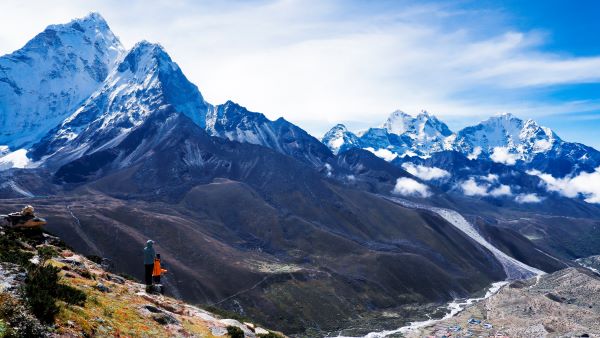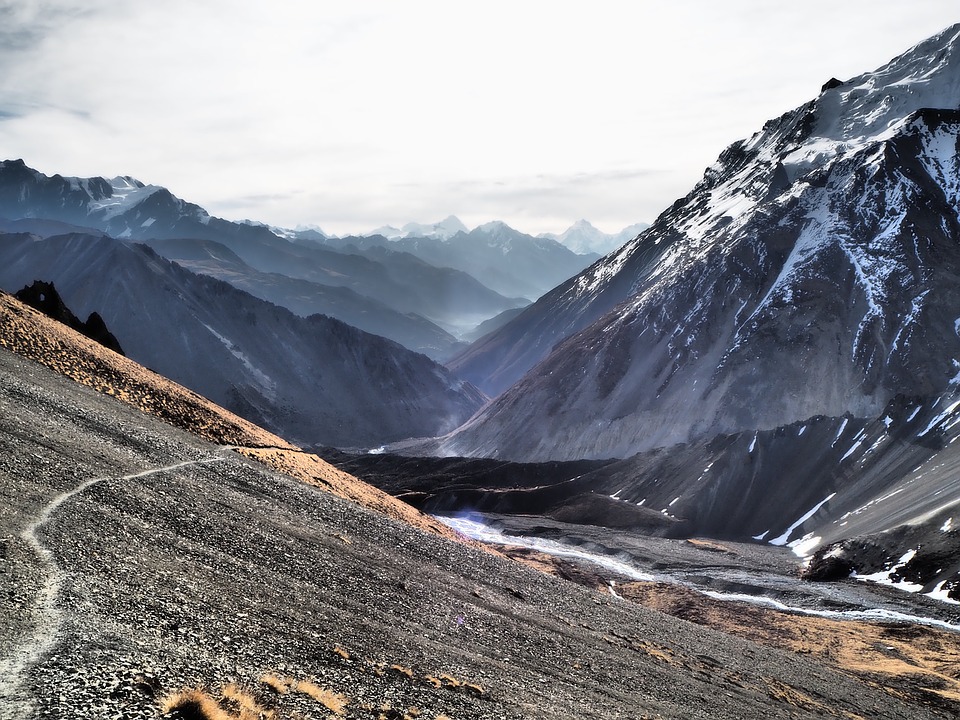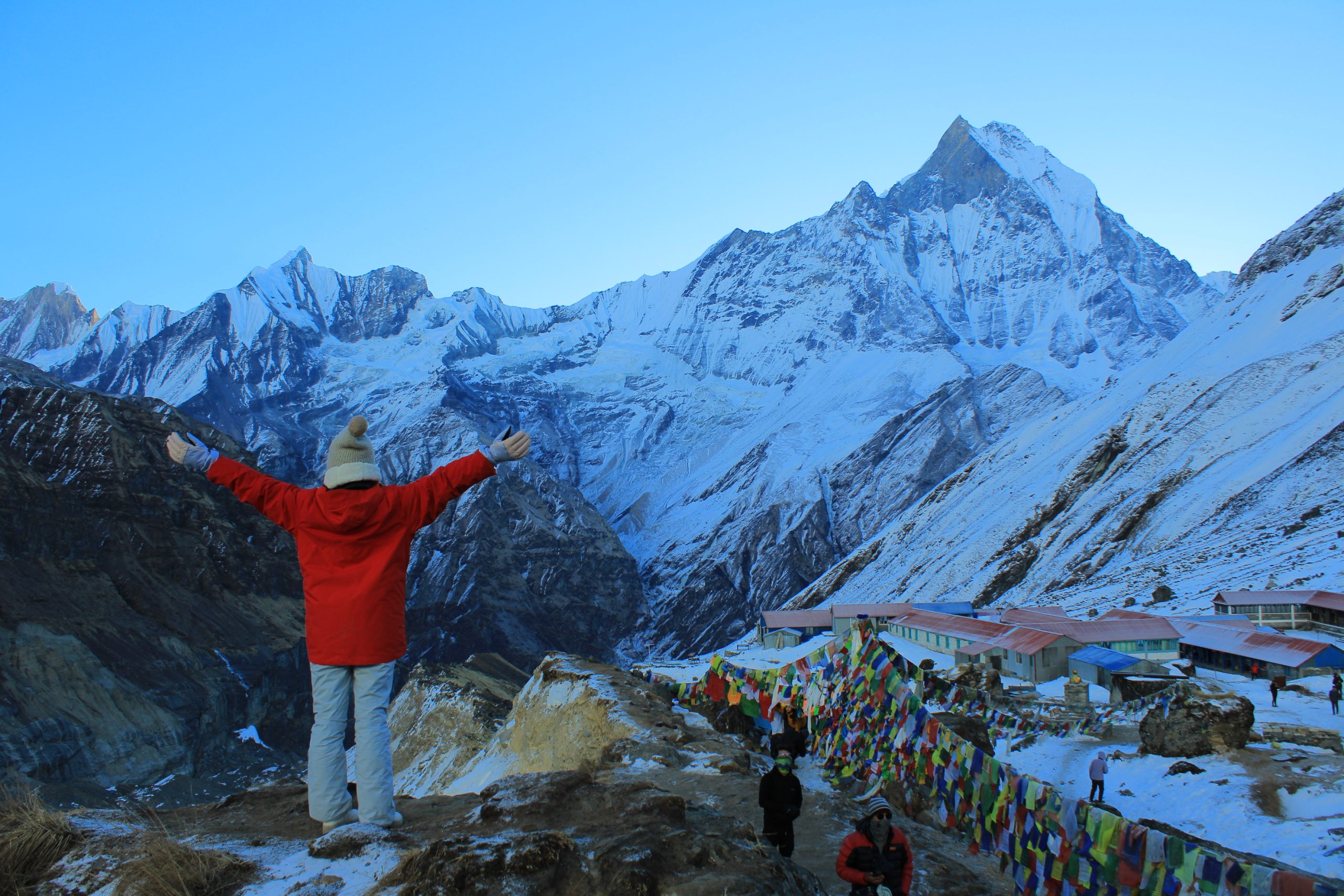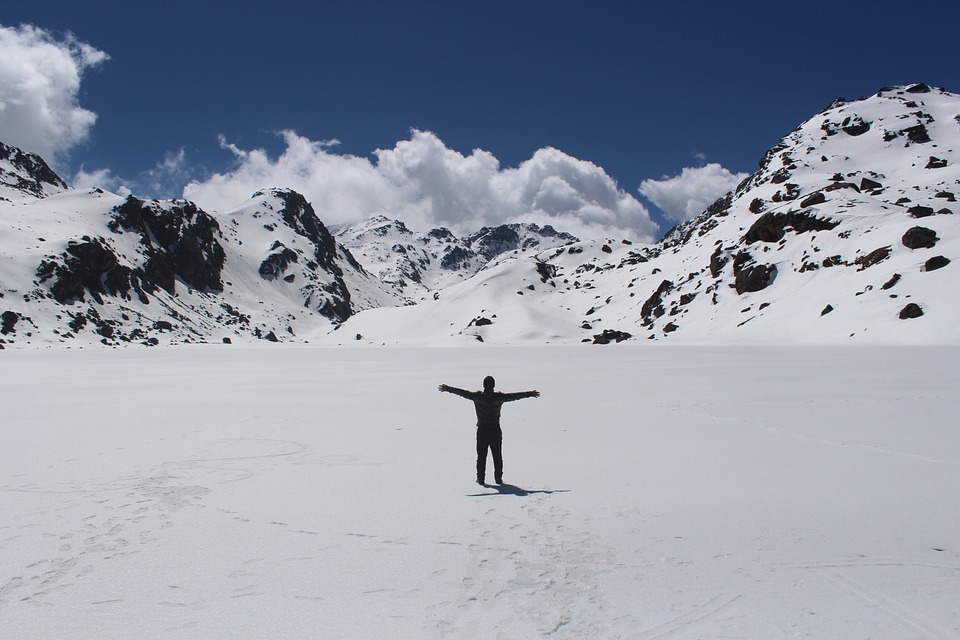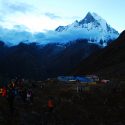Annapurna Base Camp is situated at an elevation of 4,130 meters (13,549 feet) above sea level on the northern side of Nepal, within the Annapurna region. Renowned among trekkers worldwide, it boasts a landscape cherished for its tranquility and offers breathtaking views of the Annapurna ranges. The surrounding hills and rivers further enhance the area’s natural beauty. The region is also home to a diverse array of wildlife, including tigers, snow leopards, oxen, and various species of deer, which add to its allure. Trekking in this area provides a unique opportunity to immerse oneself in the local culture of the Gurung and Magar people, who are the indigenous residents. Their warm hospitality and reverence for guests, embodied in the saying ‘Atithi Devo Bhava,’ meaning ‘the guest is God,’ ensure a memorable experience for visitors.”
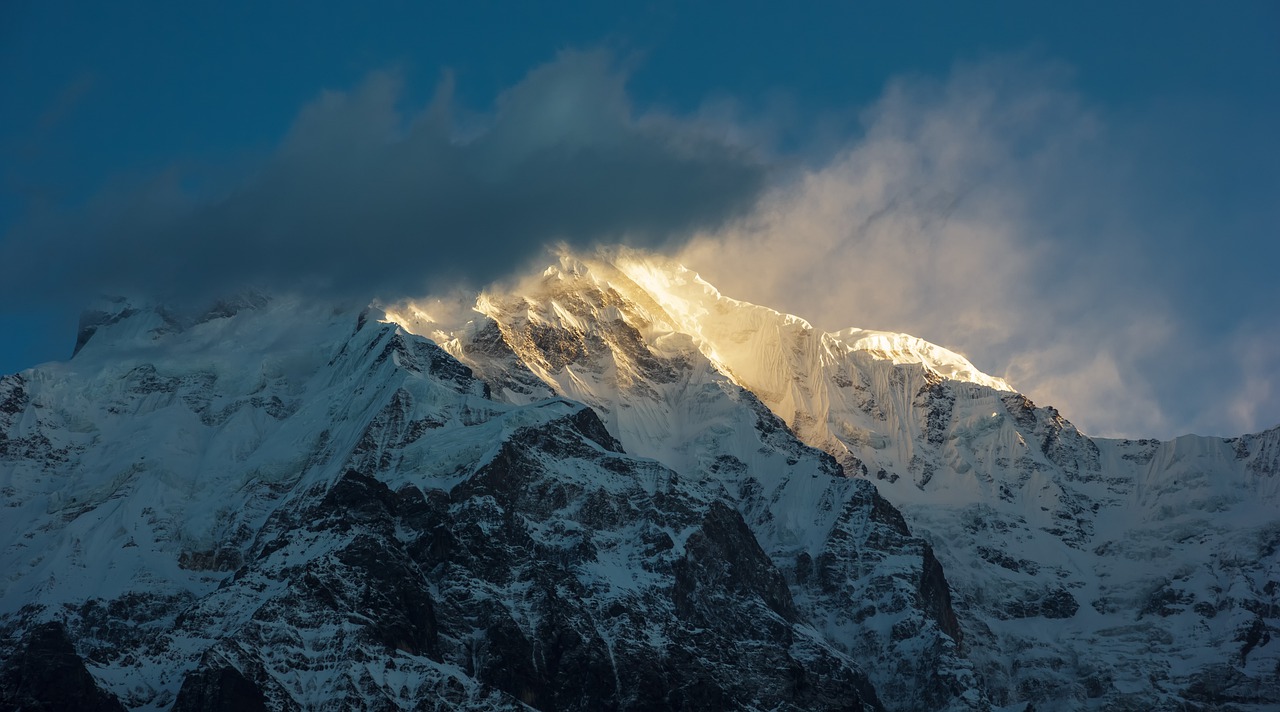
After learning about the wonders of the Annapurna region, you might be considering trekking here. When planning your trip, one of the first steps is researching the costs associated with the trek to ensure it aligns with your budget. Don’t fret; we’re here to guide you through the budgeting process and explain the various expenses you’ll encounter in Annapurna. From permits to accommodation and meals, there are several factors to consider when budgeting for your trek. Continue reading “Annapurna Base Camp Trek Cost”


